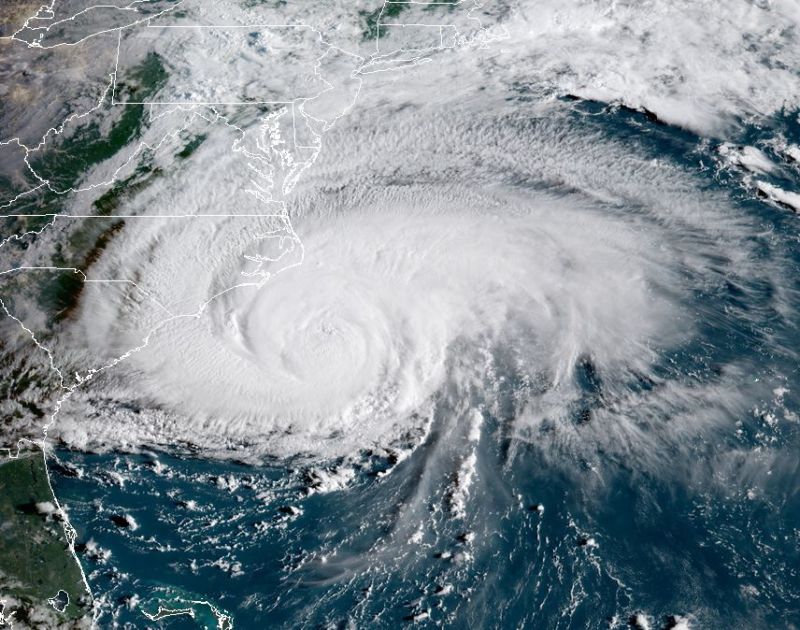Florence is now “only” a Category 2 hurricane. That won’t matter much
Ars Technica » Scientific Method 2018-09-13

Enlarge / At 8:15am ET on Thursday morning, a less organized Florence approaches the North Carolina coast. (credit: NOAA)
Ten years ago today, Hurricane Ike made landfall as "only" a Category 2 hurricane along Galveston Island near Houston. Though Ike had 110mph winds at landfall, it had grown very large over the Gulf of Mexico, and this large size allowed it to develop an enormous amount of "integrated energy" that manifested itself as a devastating storm surge. With about $30 billion in damages, Hurricane Ike was, at the time, the second-costliest U.S. hurricane on record.
As of Thursday morning, Hurricane Florence has weakened to 110 mph as it contends with slightly increased wind shear and drier air. Technically this means Florence is no longer a "major" hurricane, and may not be when it reaches the North Carolina coast early on Friday morning. Practically, however, that won't matter when it comes to storm surge and inland rainfall.
Storm surge
The simplest, most common metric for the measurement of a storm's intensity is maximum wind speed, and certainly this matters in terms of pure destructive potential when it comes to, say, losing a roof or propelling debris through the air. But when it comes to water, the maximum wind speed matters less than the size of the wind field for both storm surge and the destructive power of waves moving onshore. And Florence is a large storm, with hurricane-force winds extending outward up to 80 miles from the center and tropical-storm-force winds outward up to 195 miles.